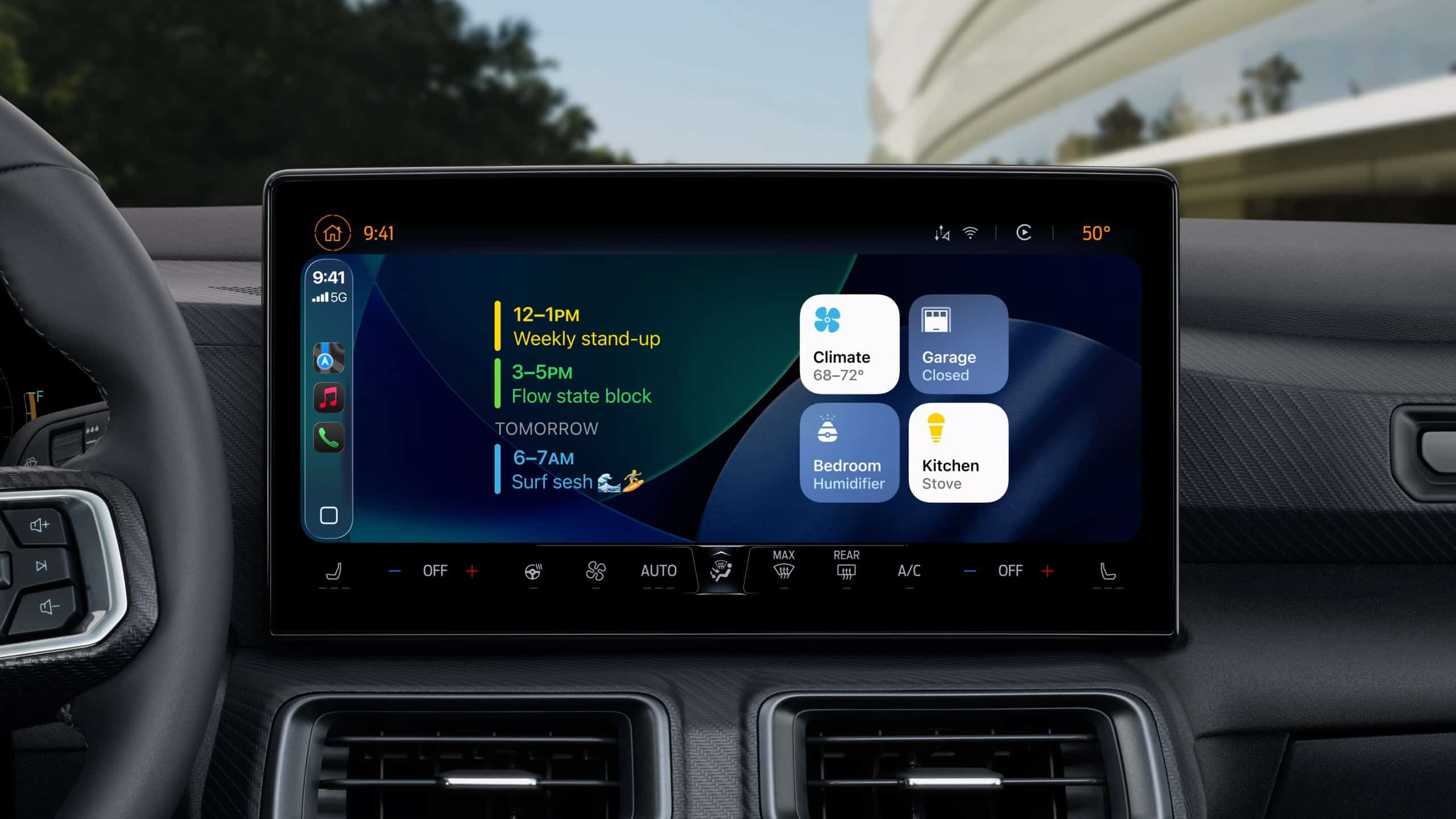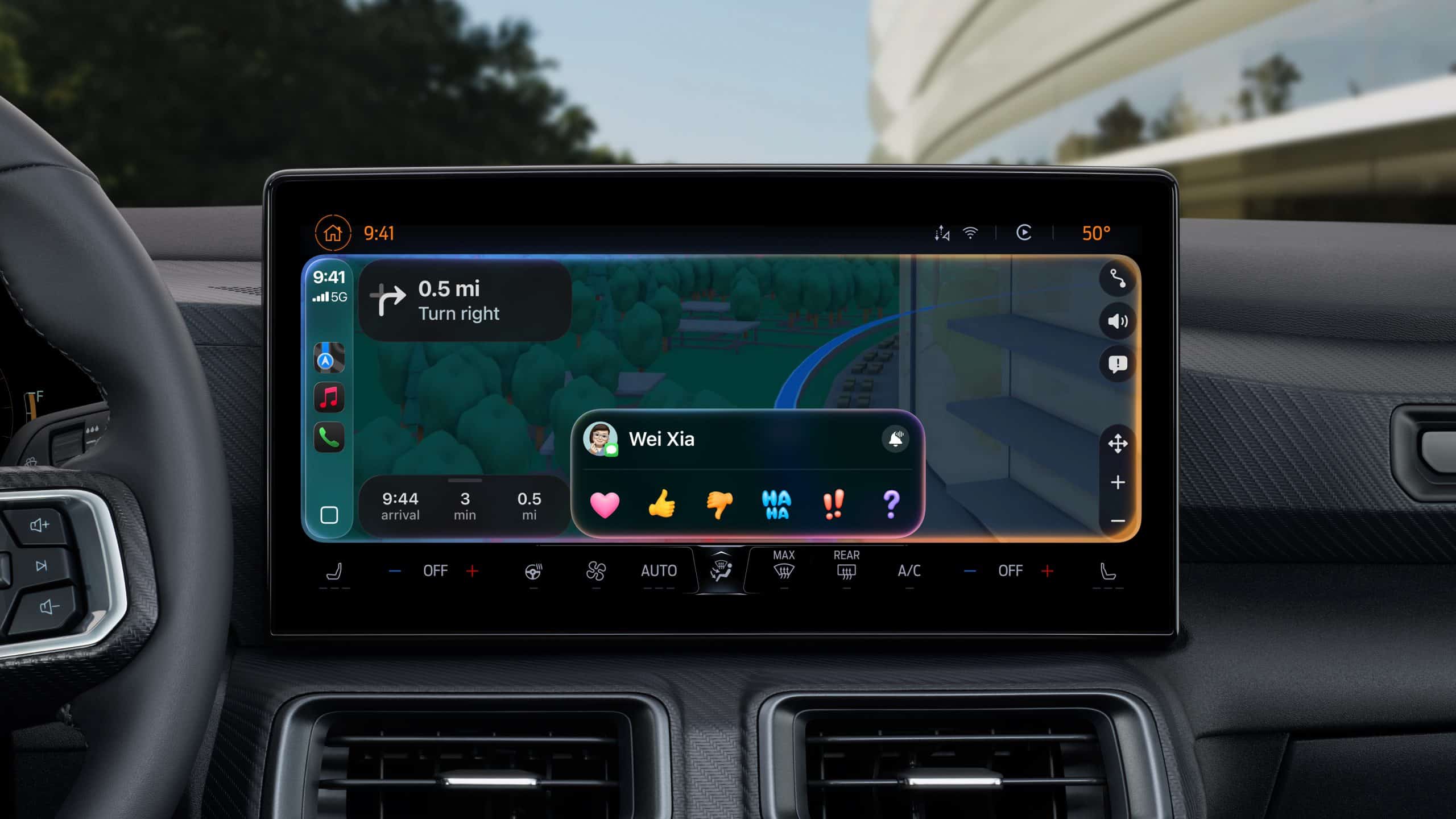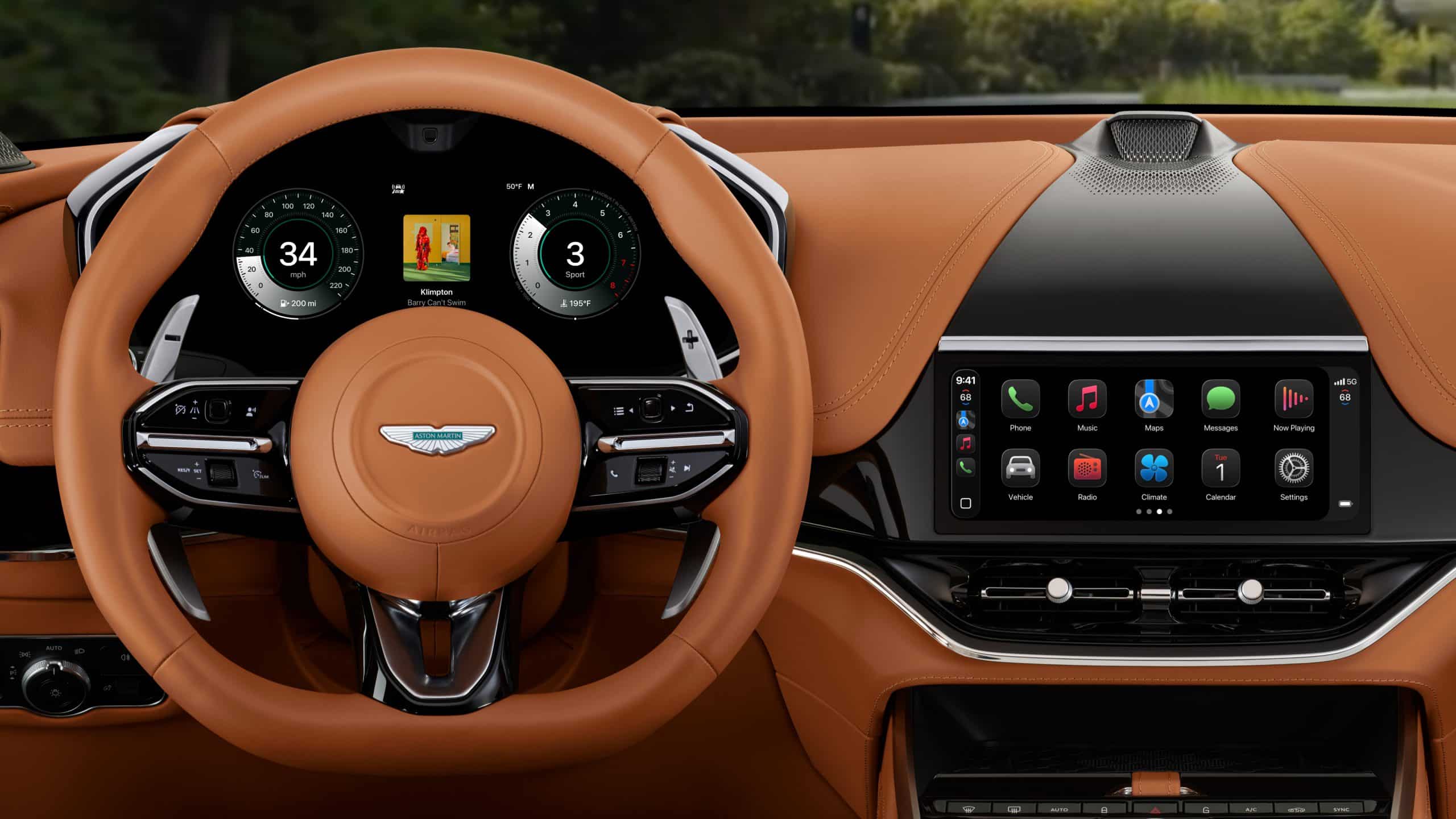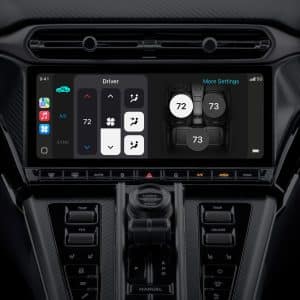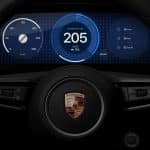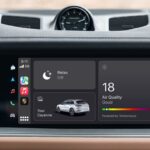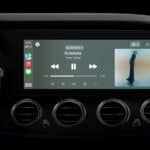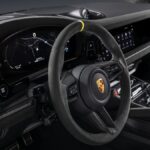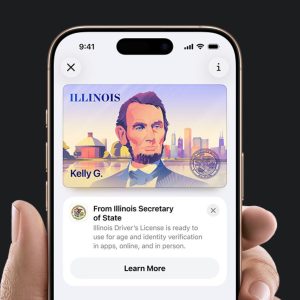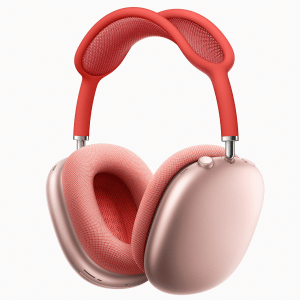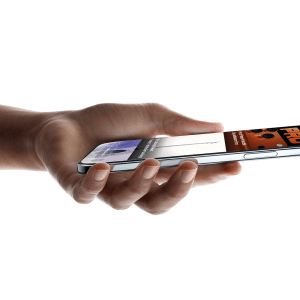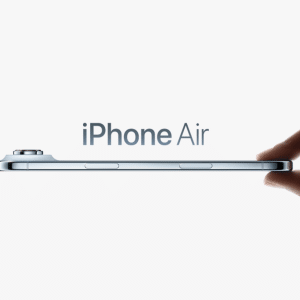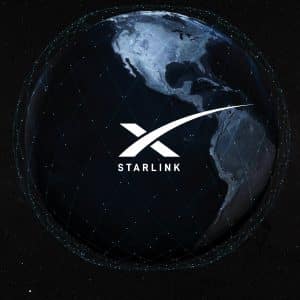The upcoming next-generation CarPlay isn’t just about projecting your iPhone display. It’s a deep integration with the vehicle’s core systems—replacing the car’s native interface with a fully Apple-designed environment that spans multiple screens, from the infotainment center to the instrument cluster.
Apple says this upgraded CarPlay will control real-time functions like:
-
Speed and RPM readouts
-
Fuel or battery levels
-
Climate controls
-
Drive modes
The design is modular, meaning automakers can tailor the layout to fit unique screen configurations while still keeping the Apple look and feel. Based on recent images and early reports, the interfaces are sleek, fluid, and highly customizable.
Automakers Are Buying In
Car manufacturers were initially slow to give up dashboard control, but Apple now has commitments from brands like Porsche, Mercedes-Benz, and Ford to support the next-gen CarPlay interface. These partnerships suggest a new level of trust in Apple’s ability to deliver a reliable, brand-aligned experience that benefits both tech-savvy consumers and carmakers.
What’s especially noteworthy is that Apple’s design doesn’t override branding. Vehicle logos, color palettes, and design languages remain intact within the CarPlay system, giving manufacturers flexibility while offering users a familiar Apple experience.
Personalization Takes Center Stage
The new CarPlay is all about personalization. Users will be able to:
-
Choose different gauge designs
-
Reposition widgets and app layouts
-
Add at-a-glance info like weather, music, and calendar events to the dashboard
This shift from static dashboards to dynamic, iOS-like layouts brings a more modern and context-aware experience to the driving environment. It’s also likely to appeal to users who are already deeply embedded in the Apple ecosystem, offering seamless syncing of navigation, media, and notifications.
Why It’s Ahead of Expectations
Initial previews of next-gen CarPlay were ambitious, but many expected a slow rollout or limited compatibility. However, recent demos and insider accounts show:
-
Higher-than-expected visual polish
-
Stable performance on pre-production vehicles
-
Strong coordination with automaker back-end systems
In short, what looked like a long-term vision just a year ago is now close to production-ready. Apple is expected to offer full details and release timing during its fall event, likely alongside the iPhone 17.
Why It Matters
CarPlay is already one of Apple’s most popular features, with over 80% of new cars in the U.S. supporting it in some form. The next-generation version turns it from a projection system into a vehicle-wide interface, blurring the line between iPhone and car OS.
For Apple, it’s a strategic foothold in the automotive market—offering a software layer that could eventually power more advanced integrations, including autonomous driving dashboards or in-car services.
For users, it means smarter, cleaner, and more personalized control of the entire driving experience.
